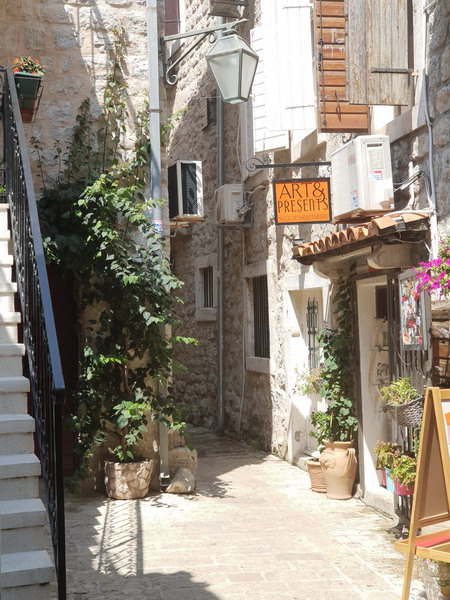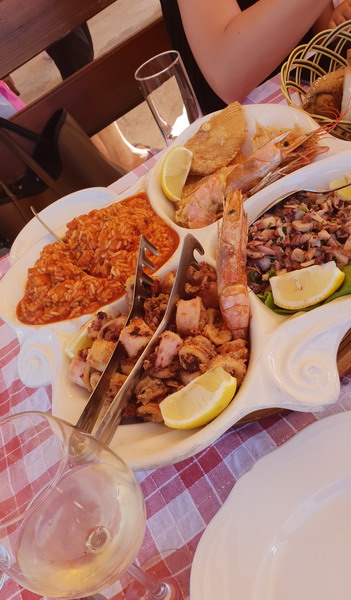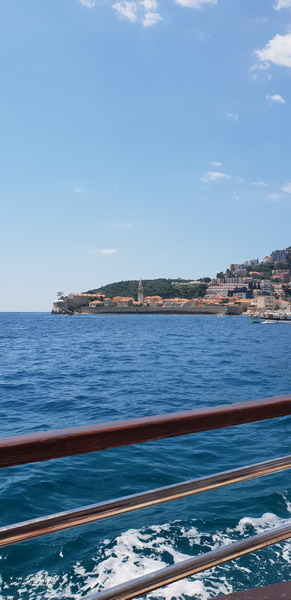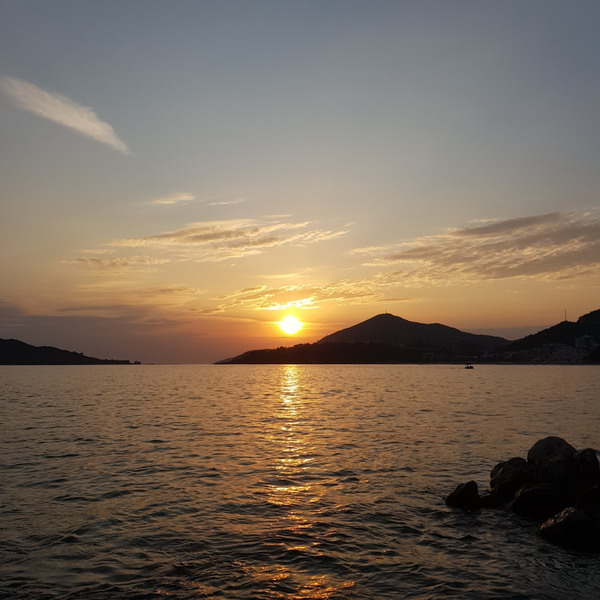Budva: The Heart of the Adriatic
By Mirjana Adzic.
Have you heard of Montenegro? It is a small country on the Balkan Peninsula in southeastern Europe, and the translation of its name literally means “black mountain.” Montenegro is a rather small country with a territory of 13,812 square kilometers and a population of just over 620,000 people, but it is nonetheless home of some of the prettiest nature and scenery. Montenegro has very high mountains, where you can enjoy skiing in the winter and, at the same time, a captivating seaside with some of the most beautiful beaches along the coast of the Adriatic Sea. Our highest mountain peak reaches 2,535 meters above sea level, and those who enjoy mountain climbing can find some of the most challenging trails. Because of its natural diversity and complexity, Montenegro is home to all four seasons, with winters getting cold, down to –20 degrees Celsius in the north, and summers reaching up to 40 degrees in the south.

One of the most famous places in the south of Montenegro is a charming city of roughly 20,000 inhabitants called Budva. Budva is 2,500 years old and is one of the oldest settlements on this part of the coast. In the heart of Budva as it exists today, you can find the old town, which is fully encircled by defensive stone walls, inside which are well-preserved towers, embrasures, fortified city gates, and a citadel. If you do go inside the Old Town, do not miss out on a chance to see the citadel dating back to the 15th century, where inside you can find the Maritime Museum of Budva. Also, you absolutely should see the Museum of the Town of Budva, which is in the very center of the Old Town. There you can find a permanent exhibition of archaeological and ethnographic collections, and the museum tries its best to reflect the life and historical conditions brought by the interchanging of Illyrian, Greek, Roman, Byzantine, Slavic and other cultures that are specific to this region.

Many small, narrow streets inside the town hide wonderful restaurants that sell traditional Montenegrin seaside dishes such as black risotto, octopus salad, buzara (seafood slowly cooked in wine), as well as staple dishes such as Njeguški pršut (dry-cured ham) with cheese and olives, and priganice (fried dough, ideal for breakfast). Montenegro is really the best place to visit if you enjoy tasty food. With an average height of 183 centimeters, Montenegrins sure know how to eat!

As tourism is the main driver of Budva’s economy, there are many wonderful beaches to explore nearby. Mogren Beach is right outside the Old Town and is arguably the most famous for tourists. Just a five-minute drive from the city center, you will find Jaz Beach, which is very long and spacious and in previous years was home to the Sea Dance Festival, where performers such as Madonna and The Rolling Stones entertained audiences.
In Budva Riviera (the name for the whole province), you can find old villages filled with local culture and spacious beaches, especially in a place called Bečići. Two of the most recognizable places in Montenegro are for sure Miločer Beach and Sveti Stefan. Sveti Stefan is an island connected to the mainland filled with 15th-century villas known as the most photographed place in Montenegro. Today, the island is a part of a luxurious resort, and only guests of the hotel or one of the restaurants in the resort can enter Sveti Stefan.

Budva is also quite famous for its vibrant nightlife in the city center during summer, with many open bars and clubs that attract young people. However, right outside of the city center, Budva also offers beautiful places to relax for those who prefer calmness and the enjoyment of nature in the heart of the Adriatic.
The Author
Mirjana Adzic was born and raised in Montenegro. After completing her undergraduate degree, she moved to Seoul where she currently attends Ewha Womans University. Mirjana enjoys traveling, encountering new cultures, reading, and learning foreign languages.




